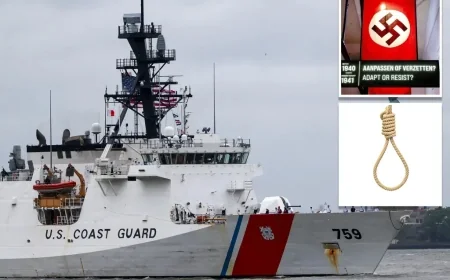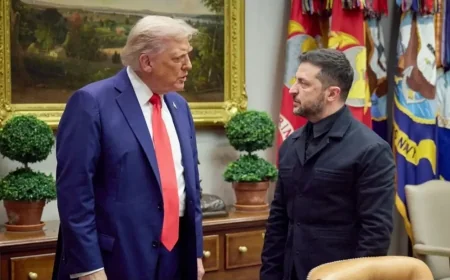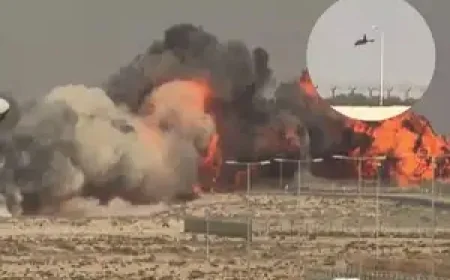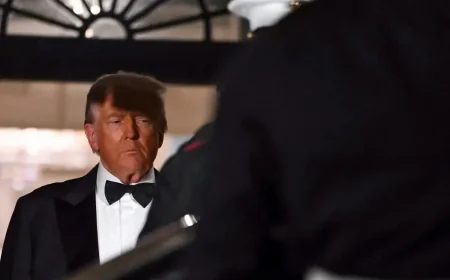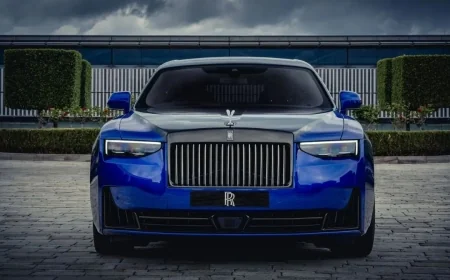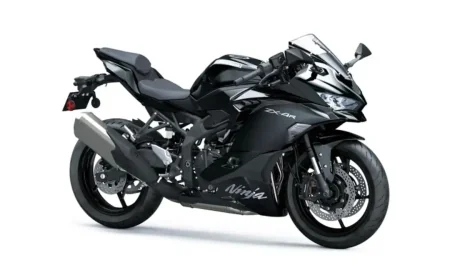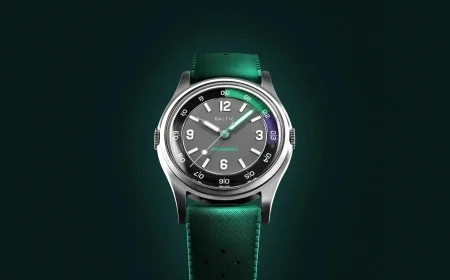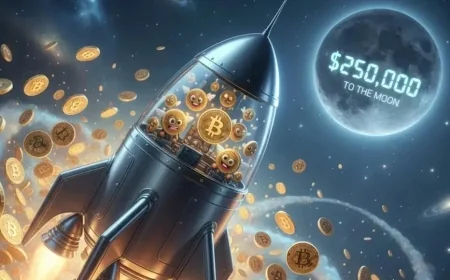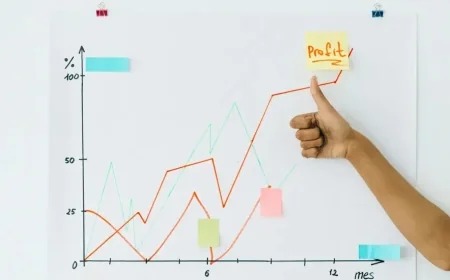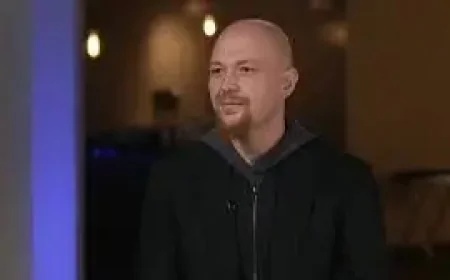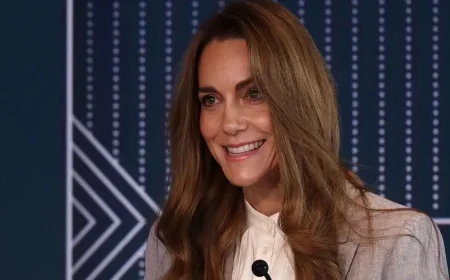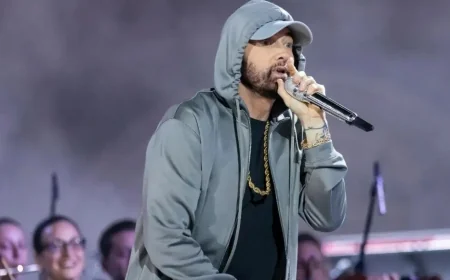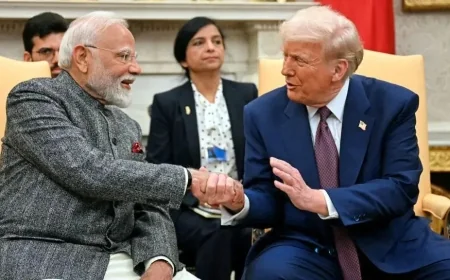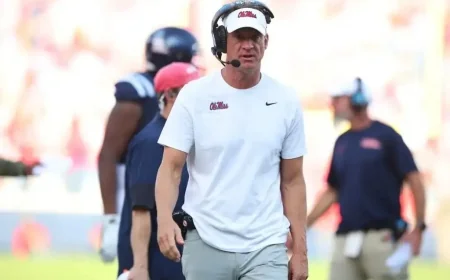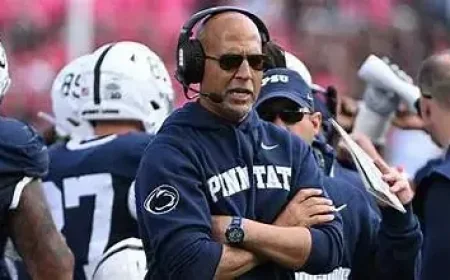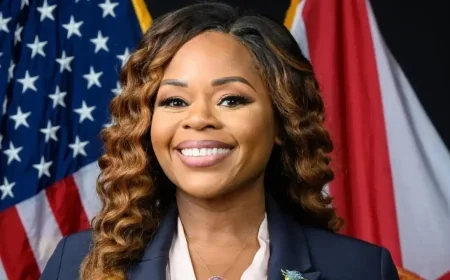Trump orders resumption of nuclear weapons testing for the first time in over 30 years
President Donald Trump has called on US military leaders to resume nuclear weapons testing to keep pace with other countries like Russia and China.
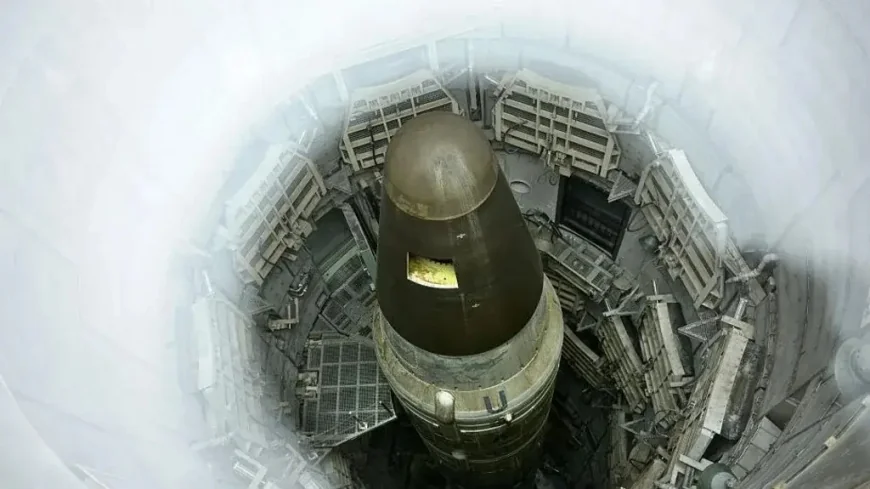
Russia announced over the weekend that it had successfully tested two new weapons capable of carrying nuclear warheads.
These included a missile that the Kremlin said could penetrate US defense systems, and an underwater drone called Poseidon, capable of attacking the US West Coast and creating radioactive sea waves. But these tests did not involve the detonation of nuclear weapons.
On Thursday, Russia denied conducting nuclear tests.
Kremlin spokesman Dmitry Peskov told reporters, "Regarding the tests of Poseidon and Burevestnik, we hope that President Trump was informed correctly. This cannot be considered a nuclear test in any way."
The Kremlin said the US had not informed Russia of its intention to test nuclear weapons.
The spokesperson said, "The United States is a sovereign country that has the right to make its own sovereign decisions. But I would like to remind President Putin of his repeated statement: If someone lifts sanctions, Russia will respond accordingly." China also responded to Trump's announcement, stating that it hopes the US will faithfully fulfill its obligations under the Comprehensive Nuclear-Test-Ban Treaty (CTBT) and honor its commitment to suspend nuclear testing.
Who has the most nuclear weapons?
Trump has stated that the US possesses more nuclear weapons than any other country.
According to the FAS report, China is the third-largest nuclear power with approximately 600 nuclear warheads, followed by France with 290, the United Kingdom with 225, India with 180, Pakistan with 170, Israel with 90, and North Korea with 50.
According to the American think tank Center for Strategic and International Studies (CSIS), China has nearly doubled its nuclear arsenal in the past five years and is expected to have more than 1,000 warheads by 2030.
Trump's statement about the nuclear test comes about 100 days before the expiration of the New Strategic Arms Reduction Treaty (New START) in February 2026 – the last remaining nuclear weapons treaty between the US and Russia.
The agreement limits each country to 1,550 nuclear warheads on deployed missiles capable of crossing continents.
When and where was the last US test?
The US last tested a nuclear bomb on September 23, 1992. The test took place at an underground facility in the western state of Nevada.
According to Los Alamos National Laboratory, this project, called Divider, was the 1,054th nuclear weapons test conducted by the US. Los Alamos National Laboratory played a key role in the development of the world's first atomic bomb.
The Nevada Test Site, located 65 miles (105 km) north of Las Vegas, is still operated by the US government.
According to the National Museum of Nuclear Science and History, an affiliate of the Smithsonian Institution, "If deemed necessary, the site could be authorized again for nuclear weapons testing."
But some experts say it will take at least 36 months for the US to resume underground nuclear testing at the former Nevada Test Site.
"Trump is misinformed and out of touch," ACA Executive Director Daryl G. Kimball wrote on X. "The United States has no technical, military, or political justification for resuming nuclear explosive testing for the first time since 1992."
"Trump will spark strong public opposition in Nevada, including from all US allies, and this could trigger a series of nuclear tests by US adversaries, potentially leading to the collapse of the Nuclear Non-Proliferation Treaty," Mr. Kimball continued.
Trump's announcement also drew negative reactions from some opposition Democrats. Representative Dina Titus of Nevada wrote on X: "I will introduce legislation to stop this."
The United States entered the nuclear age in July 1945 with the Trinity test of the first atomic bomb in the desert of Alamogordo, New Mexico.
Later, in August of that year, it became the only country in the world to use nuclear weapons in warfare after dropping two atomic bombs on the Japanese cities of Hiroshima and Nagasaki during World War II.
Approximately 140,000 people died in Hiroshima and 74,000 in Nagasaki, with many deaths from the immediate blast effects, burns, and later radiation sickness.
What's Your Reaction?
 Like
0
Like
0
 Dislike
0
Dislike
0
 Love
0
Love
0
 Funny
0
Funny
0
 Angry
0
Angry
0
 Sad
0
Sad
0
 Wow
0
Wow
0
